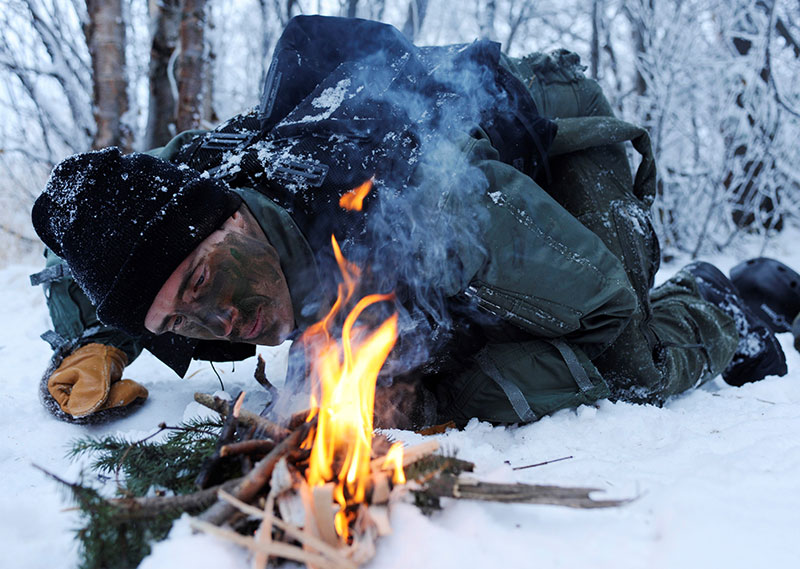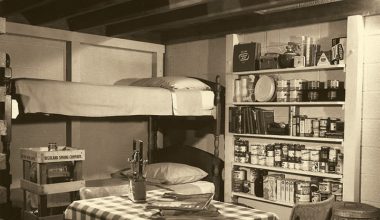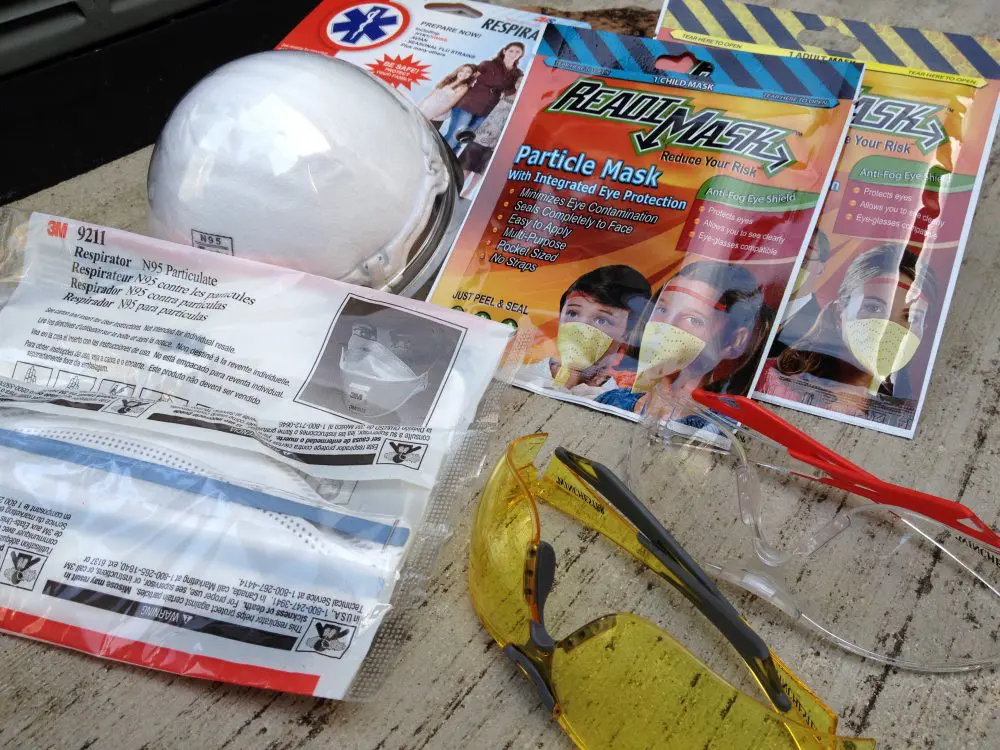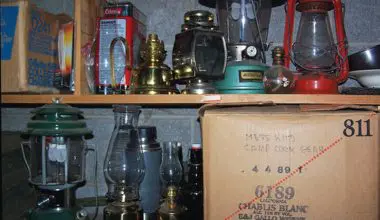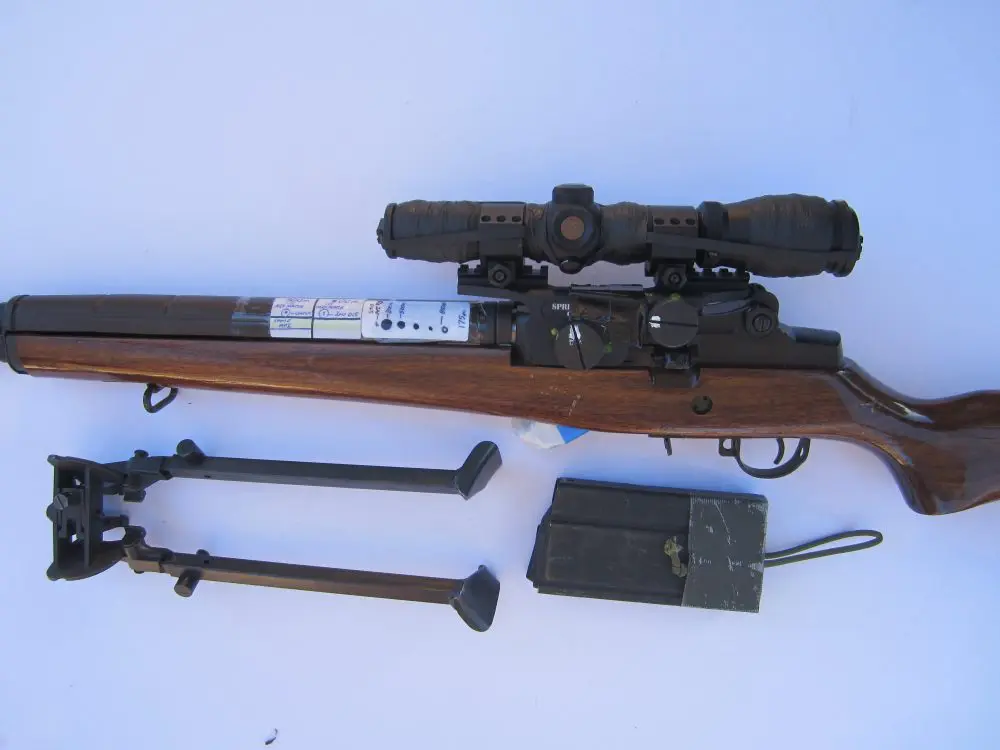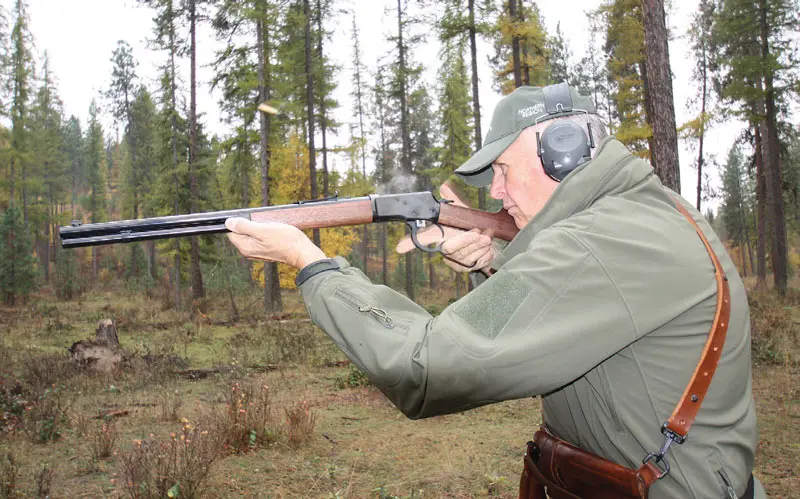
I joined the Washington State Patrol (WSP) in January 1977. The issue handgun was a six-inch S&W Model 28, the Highway Patrolman, carried in a crossdraw holster. The issue long gun for troopers was the Remington 870 shotgun. Sergeants carried rifles.
The issue rifle was the Winchester Model 94 in .30 WCF (.30-30). The gun was carried in a scabbard that ran across the front of the seat, which the sergeant could easily grab as he rolled out the door. The WSP is a traffic organization, not a state police, so the M94 worked well for the duties at that time.
The AR platform was rare in regular police service then, with the M16A1 about all there was, and it was for SWAT only. Today, black rifles rule the police and citizen defensive worlds.
Table of Contents
19th CENTURY ASSAULT RIFLE
The lever gun was the “assault rifle” of the 19th century. One of the first documented uses of a lever gun in combat was late in the War of Southern Secession. A Confederate brigade had broken the Federal line and the Federal troops were running when an Illinois brigade armed with Henry 14-shot repeating rifles counter-attacked.
The overwhelming accurate fire laid down quickly turned the tide of the battle, breaking the attack and causing a rout of the Confederate troops. The Henry led to the development of the Winchester 66 and 73—the “guns that won the West.”
What reason would today’s prepper have for an antique?
First and foremost, they are reliable and accurate enough for self-defense. You can buy one almost anyplace that sells guns, and it’s often overlooked for more modern designs, so a good .30- 30 lever gun is a great addition to any survival battery. Used Winchester .30- 30 carbines sell for about $400 at gun shows in my area.
As the political climate worsens, restrictive laws are enacted, and the media rants against “assault rifles,” a lever gun may be a politically correct alternative. The lever gun’s great advantages are that it has wood and blue steel, and doesn’t look … evil.
Most laws have some ridiculous formula of cosmetic features that make a rifle bad. Leading the list are bayonet lugs (can’t have drive-by bayonetings!), detachable magazines, magazines over ten rounds, flash hiders, and pistol grips. In the People’s Republics of California, New Jersey, New York, etc, all these things make present or future possession of an AR problematic.
Many Americans have stocked up, but no one knows when some future atrocity will lead to draconian registration and forfeiture schemes. However, grandpa’s .30-30 will probably be ignored.
When I lived in Alaska, I often carried a Browning .45-70 short rifle. Loaded with 405-grain soft-point rounds, this rifle put the hurt on several moose and one really unhappy bear. It was quick to swing up, much faster to run than a bolt gun, and packed a wallop, all while being controllable. Lots of old-time bush pilots carried a Winchester Model 78 lever action, re-chambered to .450 Alaskan, in a scabbard strapped to the wing strut of the Super Cub.
I own an old Winchester Model 94 rifle that I’ve cleaned up, and I keep a few hundred .30-30 rounds in an ammo can, but I hadn’t done much with lever guns until recently.
Lever guns are available in several good calibers, from .22 to .45-70. I like revolvers and have a lot of .357 and .44 Magnum ammo, so I wanted to try a couple of pistol-caliber lever guns for inclusion in my WTSHTF plan. You don’t have to prowl pawn shops for antiques, because Browning, Rossi, and Winchester are all making modern quality lever guns, and all helped with my research.
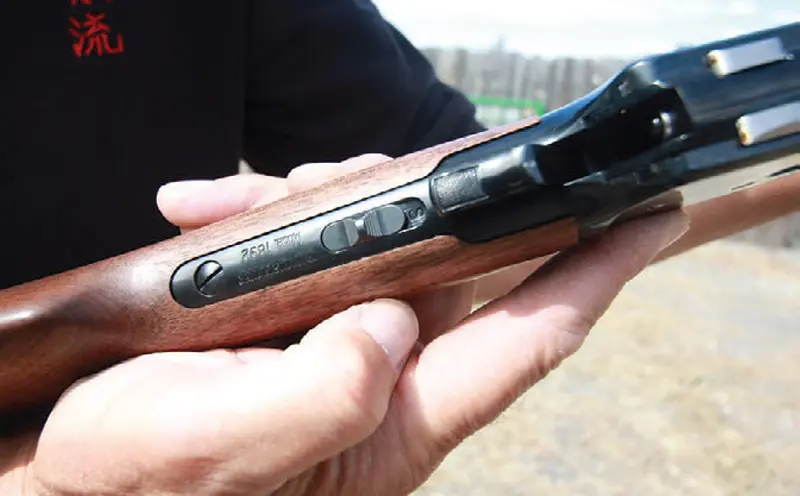
METHODS OF CARRY
A note on methods of carry for a leveraction rifle is in order. Until the addition of manual safeties, most people I know carried the rifle with a round in the chamber and the hammer at halfcock. This requires the hammer to be lowered with the shooting-hand thumb while pressing the trigger, which allows the shooter to manually cock the gun with the thumb while raising it to the shoulder.
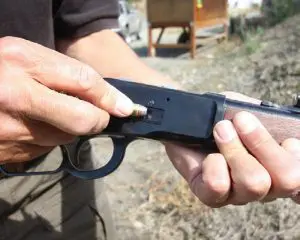
A few others I know didn’t like that method, and carried the gun with an empty chamber, chambering a round as the gun came, by working the lever. I’ve always been of the half-cock hammer school.
Both methods made lawyers either worry or salivate, so manual safeties of one type or another have been added to most current production models—a plague on all trial lawyers!
WINCHESTER MODEL 92
One of the guns I tested for this article is the Winchester Model 92 Short Rifle in .44 Magnum. The gun sports American walnut furniture, a beautiful deep blue finish, and a 20-inch round barrel. Unlike the original Model 92, the current gun was messed with by attorneys and a
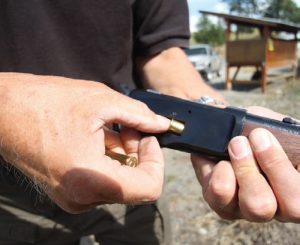
manual safety was added. But it’s in the right place, mounted on the tang where it’s easy to use. I fired 250 rounds of ammunition, in five loadings from 185-grain hollow points to 300-grain cast lead, and they all worked without a glitch.
This gun offers a great balance for a prepper gun. Properly loaded, the cartridge will kill anything in North America within its effective range. I feel the effective range is 150 yards and in, and I hit everything I aimed at within that envelope. The operation is very smooth, the buckhorn sights are great, and the weight makes it very manageable.
I often carry a five-inch Model 29 revolver when in the field, so this rifle complements the revolver very well. It’s a combination I’d be willing to bet my life on. There are only two downsides: the gun is almost too
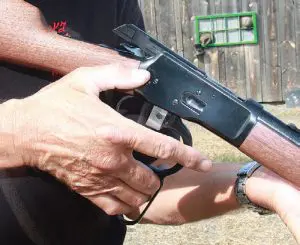
Push the lever forward with the last three fingers of the shooting hand.pretty to shoot, and the MSRP is over $1,200. However, you do get what you pay for, and the Winchester is a very nice gun.
ALTERNATIVES
Rossi makes several cheaper, but just as effective, alternatives. The Model 92 comes in several barrel length/caliber combinations, from 16-inch large-loop carbines to octagonal-barrel rifles. I tested the 20-inch carbine in .357 and 24-inch rifle in .44 Magnum. The rifles show good fit and finish and have decent actions and triggers, but are not as smooth or as nicely finished as the Winchester. But at less than half the price, they are affordable and just as effective.
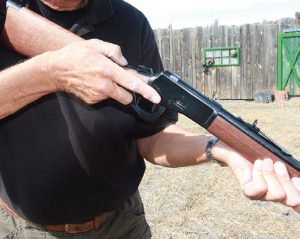
The .357 is very good, with a slender barrel and sturdy buckhorn sights.
Magazine capacity is ten plus one. The action and trigger are good, about what you’d expect in a modern lever gun. The safety is a little confusing and misplaced: confusing in that while on safe, the hammer still dropped, and misplaced at the rear of the receiver, in front of the hammer.
But some practice made the position irrelevant. I kept my thumb on the safety, carried the carbine in outdoor (high) ready, and was able to easily move it from safe to fire as I mounted the gun. It didn’t like loading hollow points as well as FMJ bullets, but all loads chambered, fired, and ejected smoothly. As a bonus, the gun shot .38 Special loads without a problem, which does increase its versatility.
The Rossi .44 rifle has a 24-inch octagonal barrel, which makes it a little less agile, but helps dampen the recoil when fired. Magazine capacity is 12 plus one. Like its Winchester cousin, it fed, fired and ejected every round I tried.
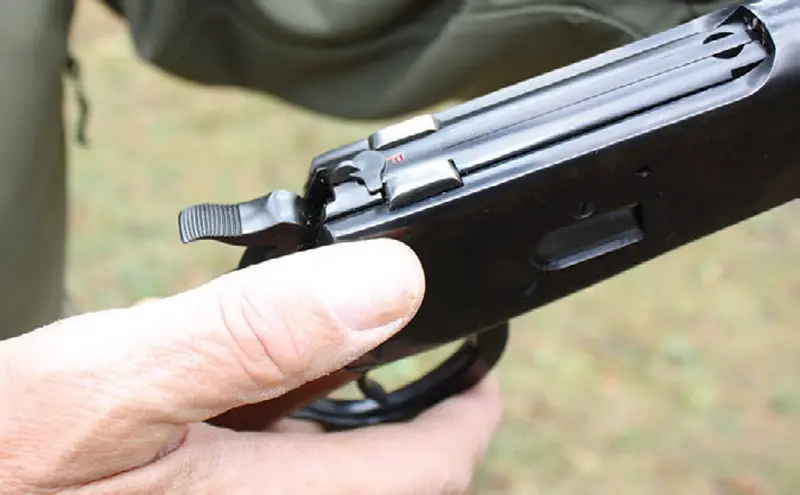
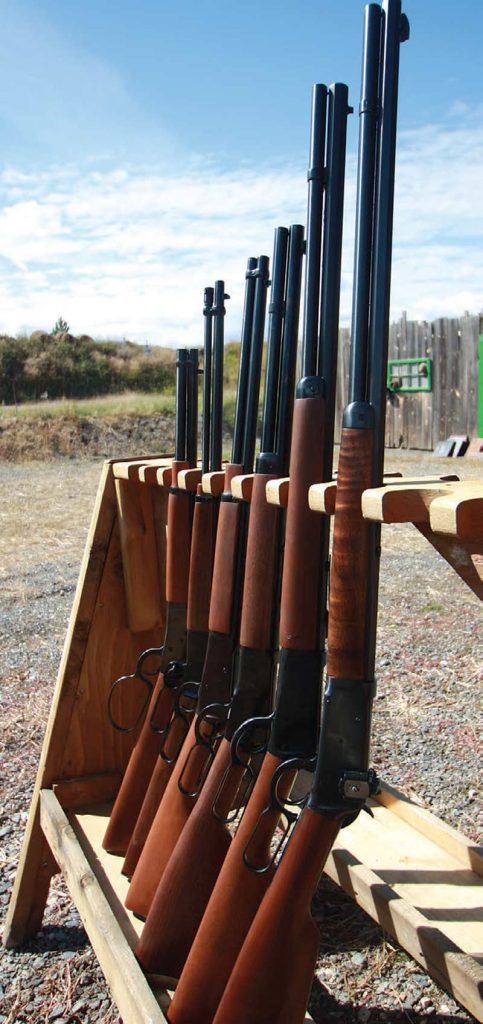
BROWNING BLR .22
On the bottom end of the caliber scale is the Browning BLR .22. The gun is very light and has a shorter throw on the lever (you don’t have to move it as far when chambering a round). It’s very accurate, fast, easy to handle and shoot, and is a blast to plink with.
As a point of comparison, I fired ten rounds through the Winchester Short Rifle, ran dry, and transitioned to the S&W Model 29 I carry in a tanker-style holster built by Haugen Leather. The range was 40 yards at steel, and all 16 rounds were hits. Time: 32.8 seconds.
Another shooter fired the same drill with a Noveske carbine and Glock 17, again with all hits. Time: almost exactly half, 16.52 seconds. I’m not enough of a ballistician to compare the relative energy of the rifle hits, but a 240-grain .44 Magnum delivers much more than a 115-grain 9mm. But it would have taken me a lot longer to reload my two empty guns versus the auto-loaders.
LEVER GUN PLUSES AND MINUSES
The upside to including lever guns in your battery is that they go almost unnoticed: old-fashioned, no box magazine, wood and blue steel, and no optics. A couple of “tactical” models exist, with black plastic and rails, but that look defeats one purpose of owning the guns.
Even the current President would have a hard time making a case to ban the guns that won the West, and they are probably legal in every state in the country (check your local laws). They are also very reliable and easy to use.
There are a few downsides. The guns use a tubular magazine located under the barrel, are slow to load and reload, and capacity is limited to ten to 15 rounds. In basic form, optics are limited. The operating system is different from semi-auto, bolt, or pump-action guns, so training and practice are required to optimize their use.
Lastly, do not use spire-point bullets— it may be possible for the spire point to strike the primer of the round in front of it, causing a detonation. Use flat-nose or hollow-point rounds.
Hornady LEVERevolution® is the notable exception to the above, with the patented elastomer Flex Tip® technology making them safe to use in tubular magazines. These bullets feature higher ballistic coefficients and deliver dramatically flatter trajectory for increased downrange performance.
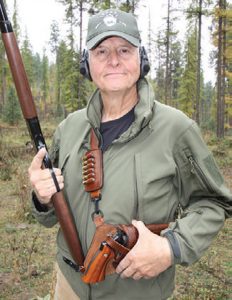
None of these guns are sniper rifles, so if you’re a half-MOA accuracy Nazi, you’ll be sadly disappointed. I figure field performance is a kill shot, within a six-inch circle, within the effective range. The problem usually comes from shooters who try to use it beyond its limitations, wounding game that crawls off to die. Against humans, wounding might be preferable, since the goblin’s homeys may stop their aggression to drag their screaming buddy off the field.
I consider lever guns outstanding adjunct weapons to my primary defensive guns. I’m mostly an AR/870/700 Remington guy, but a couple of lever guns are good to have. I’ll keep my old .30-30 and buy one of the .44s or the .357 and the BLR .22.
One good place to give a lever gun a try is local cowboy-action shooting groups. I don’t practice the sport, but most guys I’ve met are happy to show you the guns and will let you pop off a few rounds. Some of these shooters are wizards at running them, so if you think the gun has a place in your plan, ask one of them to train you.
You don’t have to spend a fortune for a good lever gun, and an extra layer of preparation can really be beneficial somewhere down the road.
